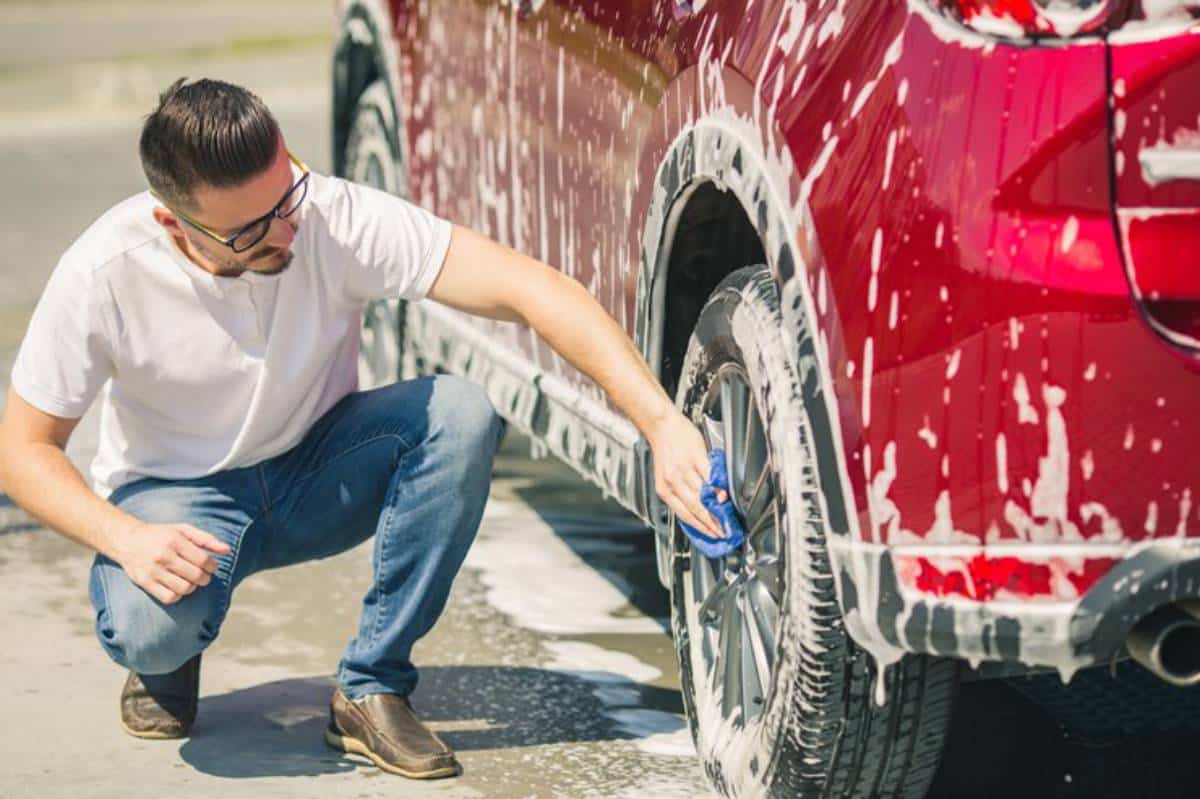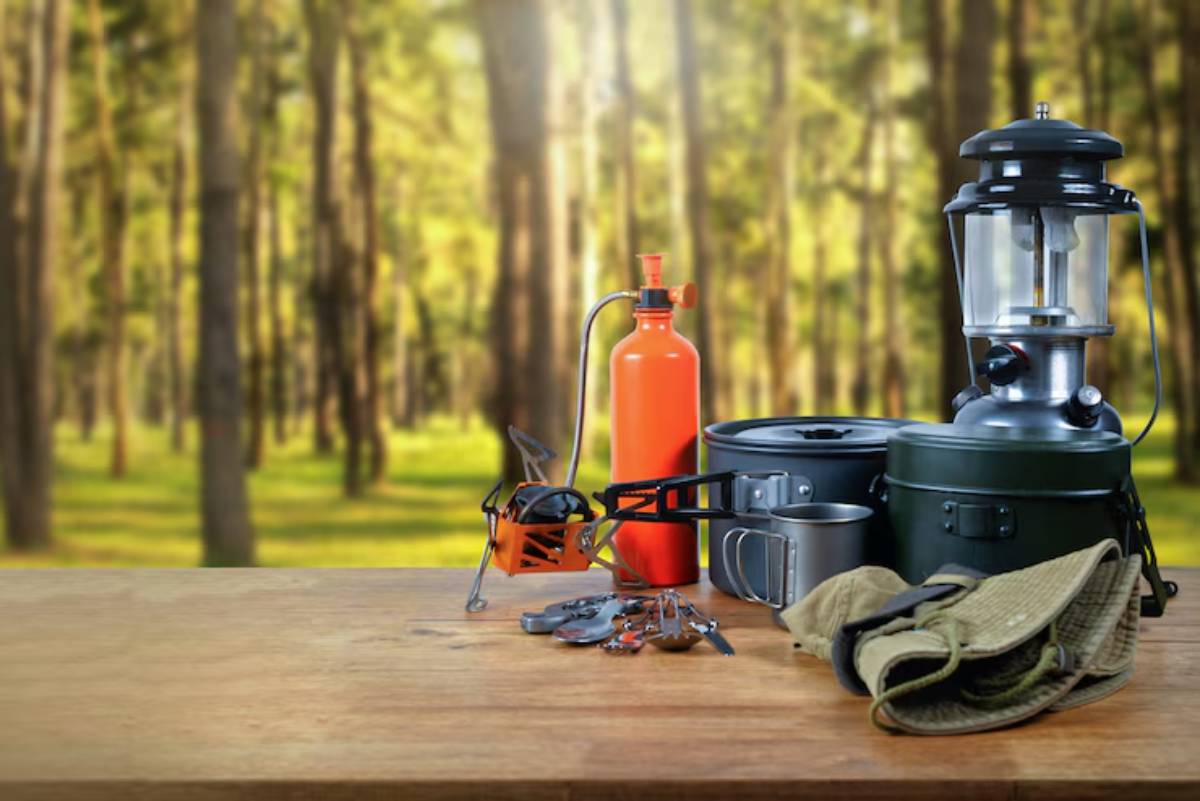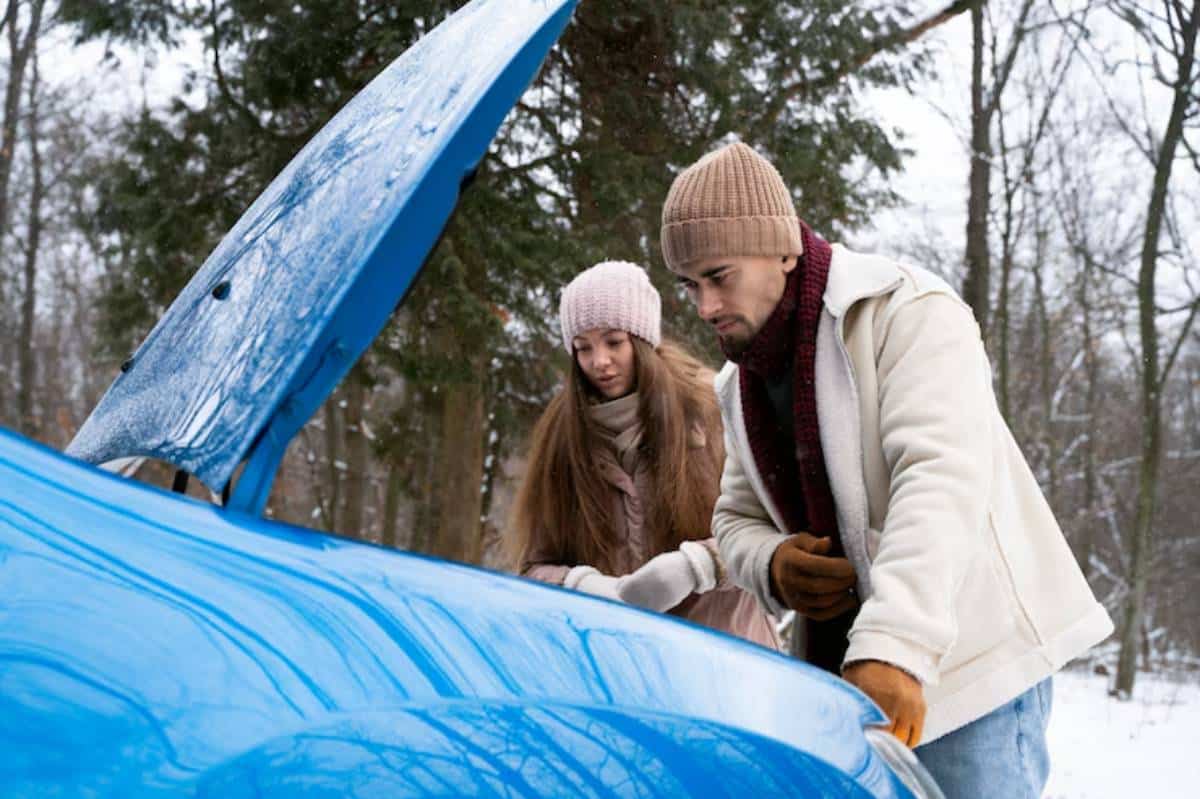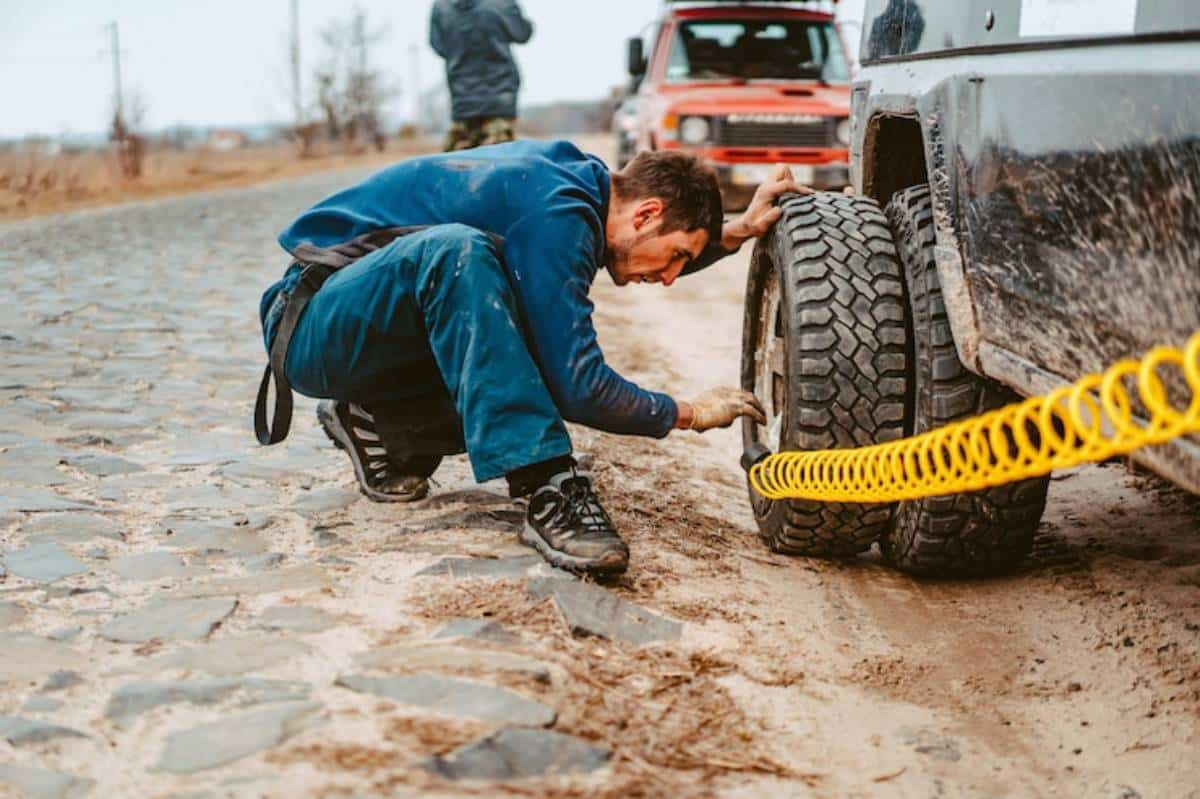
Best Winches for Off-Road Recovery in 2025
You’re halfway up a muddy incline. Your tyres are spinning. The trail that looked doable five minutes ago now looks like it might have the last laugh. This is where the right winch isn’t just a luxury—it’s essential. Choosing the best off-road winch in 2025 can mean the difference between continuing your adventure and calling for help.
If you’re serious about 4×4 travel, a winch is one of the most important pieces of 4×4 recovery gear you’ll ever install. But with new models, tech advancements, and varied specs flooding the market this year, making the right choice requires more than guesswork.
This guide walks you through how to pick the ideal winch, reviews the top contenders of 2025, and breaks down everything you need to know to build a safe, dependable winch setup.
Why Every Overlander Needs a Winch
Even the most capable rigs and experienced drivers can get stuck. Soft sand, deep ruts, wet rocks—nature doesn’t care how good your tyres are. A winch gives you the power to pull yourself (or others) out of trouble.
It’s also a vital confidence booster, allowing you to.
- Tackle tougher trails solo
- Lend help to fellow travellers
- Avoid long waits or rescue fees
- Stay calm in difficult terrain
For overlanders, a winch isn’t just rescue gear—it’s peace of mind.
What to Look for in a Winch
Not all winches are created equal. To choose the right one, you’ll need to understand a few core specs.
Rated Line Pull
This is the maximum weight your winch can pull. A good rule of thumb is to multiply your vehicle’s gross vehicle weight (GVW) by 1.5. For example, a 2,500 kg rig needs a winch rated for at least 3,750 kg (approx. 8,200 lbs).
Motor Type
Most winches use one of two motor types.
- Series-wound motors: Better for frequent, heavy-duty use. They’re powerful but costlier.
- Permanent magnet motors: More affordable and energy-efficient. Suitable for occasional or moderate use.
Rope Type
You can choose between
- Synthetic rope: Lightweight, safer under tension, easier to handle, but more prone to UV and abrasion damage.
- Steel cable: Extremely durable and resistant to heat, but heavier and potentially dangerous if it snaps.
Waterproofing & Build
Check the IP rating. A winch with IP68 is dust-tight and can handle full submersion—great for deep water crossings and unpredictable weather.
Controls
Modern winches offer
- Wired remote controls
- Wireless remotes (handy in muddy or dangerous spots)
- App-based control via Bluetooth (emerging in 2025 models)
Best Off-Road Winches of 2025
Here are some of the standout options this year, based on real-world testing, expert reviews, and trail user feedback.
WARN Zeon 10-S Platinum
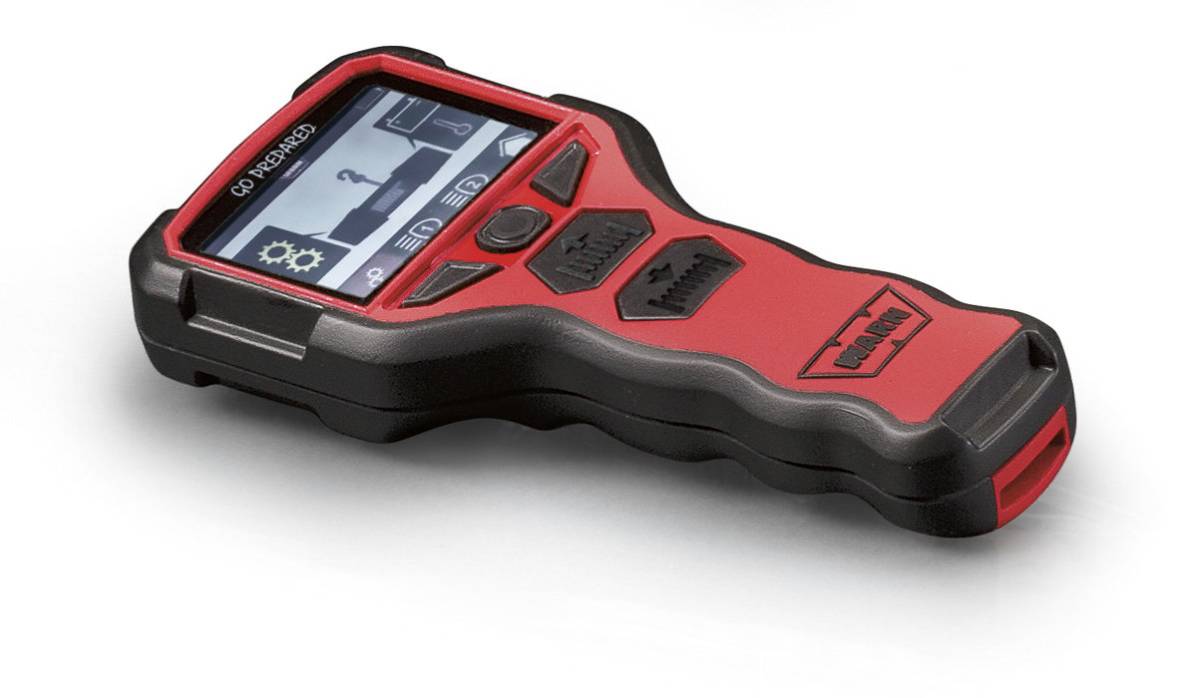
Why it stands out: Industry-leading build quality, remote clutch engagement, and wireless control. IP68 rated with synthetic rope.
- Line pull: 10,000 lbs
- Weight: 34kg
- Price: Premium
Best for: Serious overlanders and heavy rigs
Smittybilt X20 Gen3 10K
Why it stands out: Great balance of performance and value. Comes with both wired and wireless remote. Fast line speed.
- Line pull: 10,000 lbs
- Weight: 41kg
- Price: Mid-range
Best for: Mid-weight 4x4s and weekend warriors
Runva 11XP Premium
Why it stands out: Durable, waterproof (IP67), includes synthetic rope and wireless remote. Highly rated in Australia and UK markets.
- Line pull: 11,000 lbs
- Weight: 30kg
- Price: Competitive
Best for: Versatile use in wet, rough conditions
Sherpa 4×4 Steed
Why it stands out: Made in Australia for heavy-duty terrain. Includes 26m synthetic rope, heavy-duty hook, and sealed components.
- Line pull: 12,000 lbs
- Weight: 36kg
- Price: High-end
Best for: Expedition-ready vehicles and multi-day overlanders
Tuff Stuff Xtreme 12.5
Why it stands out: Affordable powerhouse with a simple, rugged build. Basic but reliable.
- Line pull: 12,500 lbs
- Weight: 40kg
- Price: Budget-friendly
Best for: Budget-conscious drivers upgrading their first recovery kit
Winch Setup Guide: Fitting It Right
A winch is only as good as its setup. Here’s what to consider during installation.
Choose the Right Mounting Plate
Ensure it’s rated for your winch size and fits securely with your front bumper or bull bar. Look for winch-compatible bumper systems from brands like ARB or Ironman 4×4.
Battery & Power Supply
Winches draw high amperage.
- Heavy gauge wiring
- Clean, corrosion-free terminals
- A dual battery setup, if possible (especially for solo overlanding)
Keep a voltmeter handy to monitor battery draw during use.
Recovery Points
Your recovery setup must include rated front and rear recovery points. Avoid using tow balls or unverified mounting areas—they can snap and cause injury.
For a full recovery setup, check out our guide to snatch straps and shackles to round out your gear.
Safe Winching Techniques
Misusing a winch can lead to snapped cables, damaged gear, or serious injury. Use proper technique every time.
Key Practices:
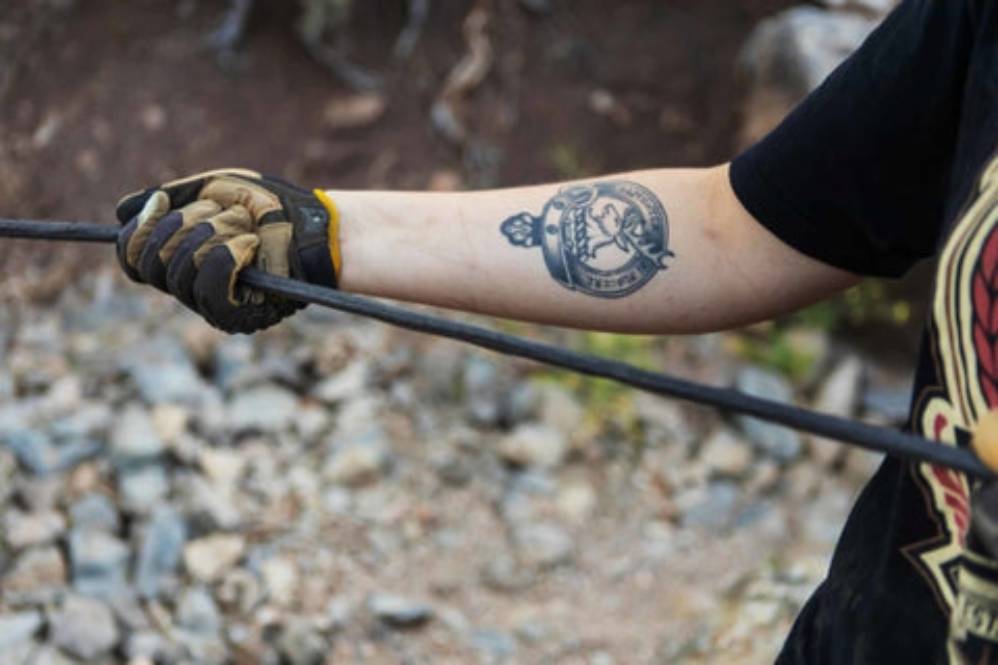
- Wear gloves when handling cable or rope
- Always use a winch dampener (a recovery blanket or mat placed over the rope)
- Use tree trunk protectors and soft shackles where possible
- Avoid standing in line with the winch cable
- Clear the area before tensioning
Rehearse winch use in a controlled environment before heading deep into the bush. Confidence under pressure makes all the difference.
Real-World Recovery Scenarios
During a recent trail weekend in Northumberland, one overlander’s Defender slid sideways on a steep camber and couldn’t regain traction. A WARN Zeon 10-S was used to recover the vehicle safely with a tree anchor 20m downslope. The wireless remote allowed operation from a safe distance, and the synthetic rope reduced weight on the front end.
In another case, a budget-conscious driver used a Tuff Stuff winch in snowy terrain to extract a 4Runner. While slower than pricier models, the setup performed reliably thanks to a clean install and solid technique.
Experience proves: even affordable winches can perform well when setup and used correctly.
Maintenance Tips for Long-Term Performance
Keep your winch trail-ready with regular checks.
- Spool out and respool under load every few months
- Clean synthetic rope with mild soap and water
- Inspect for frays, corrosion, or loose terminals
- Keep the winch cover on when not in use
If you’ve been through deep water, dry and lubricate the motor area. Saltwater trails require more frequent maintenance.
Final Thoughts: The Winch That Works for You
With so many winches on the market, it’s easy to get lost in specs. But the best winch is the one that fits your vehicle, budget, and usage.
Choose smart. Think about what you’ll need on your travels, where you’ll go, and how much weight you’ll be pulling. Build your recovery system with intention, not just impulse.
A reliable winch paired with solid technique will unlock trails you might otherwise skip. It’s a gateway to more freedom, more safety, and more adventure.
Next, don’t forget to protect your investment. Explore our guide on skid plates vs rock sliders to reinforce your underbody before heading into rougher trails.
